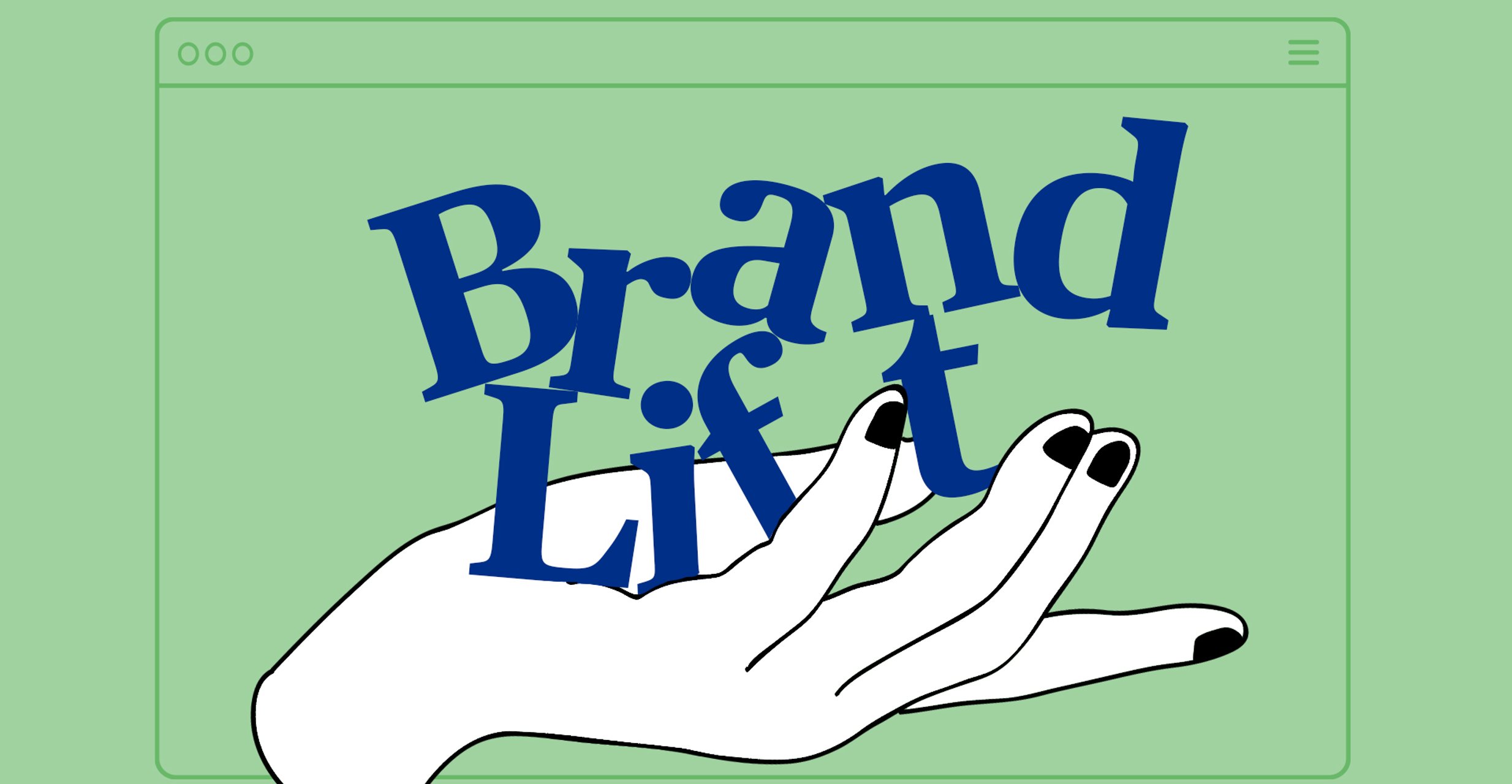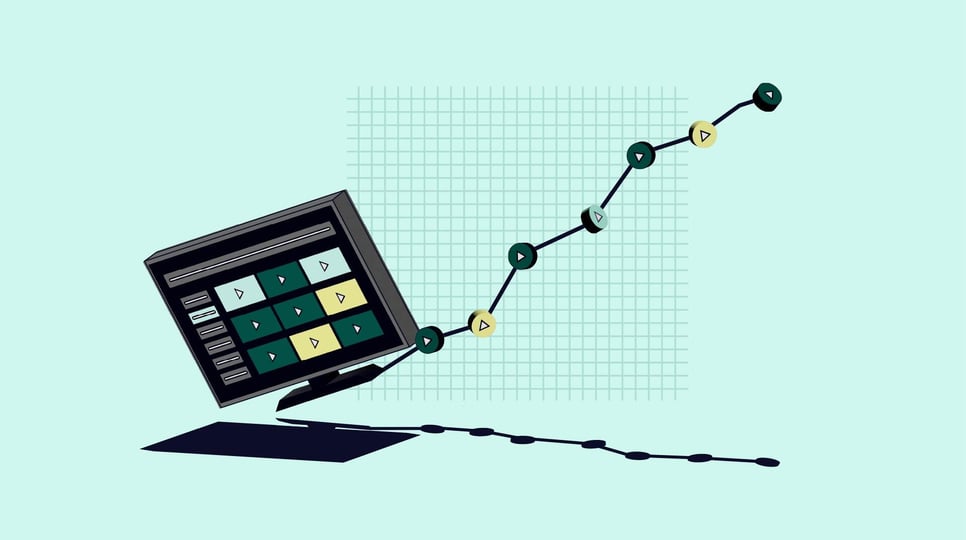Resources Data and measurement
The premium internet: where brands can reach audiences and activate first-party data

Select your country or region to see content tailored to your country.
Recruiting fraud is a growing issue for many companies.
The Trade Desk takes this issue seriously and is taking steps to address it.
Data and measurement
Learn how to get the most out of The Trade Desk’s integration with Lucid, a Cint Group Company.

Advertisers often rely on metrics like reach and frequency for upper-funnel branding campaigns. But the real outcomes many want to uplift are marketing KPIs like brand awareness, consideration, and purchase intent.
In 2020, The Trade Desk partnered with Lucid to launch Brand Lift, a panel-based measurement solution to help advertisers understand how their campaigns are driving lift across key brand metrics. Brand Lift uses the Lucid Marketplace to source survey respondents based on people who have been exposed to the brand’s ads versus those who have not. The solution is fully integrated into our platform so advertisers can set up surveys* and see real-time results throughout the campaign, all within our UI.
*Survey setup is available in-platform only for English-language surveys.
Summarizing learnings from advertisers across more than 10 markets globally over the last two years, we’ve come up with three tips to help you get the most out of Brand Lift on The Trade Desk.
Tip 1
Consider each brand and what goals it can realistically drive lift for.
For example, a very well-known and established brand may have trouble driving a lift in awareness if everyone has heard of them before. Brands with expensive products or extremely long sales cycles, like automakers, may also have trouble driving a lift in purchase intent, since consumers often do research for extended periods after being exposed to an ad before making a purchase decision.
The Trade Desk and Lucid also have benchmarks by vertical and market to help provide some additional context around performance.
Tip 2
Consider running the Lucid brand lift study for the duration of the campaign, or at least for long enough to hit the recommended impression minimums to get actionable results. These minimums vary by region:
Focus on the results in the report that have reached statistical significance to make sure you’re getting an actionable signal.
Start the campaign and the Lucid study at the same time. If the ads are running before the study begins, people who have seen the ad could be incorrectly put in the control group and skew results, which is called control-group contamination.
Tip 3
Look at reporting during the campaign to gather insights at the campaign, creative, and ad-group levels. The data is also sliced by age, gender, and frequency. This can be viewed on our platform, or you can export the data and visualizations into an Excel report throughout the campaign. To track performance over time, we recommend exporting once a week (after you hit statistical significance).
You can use these insights in your effort to boost performance with in-flight optimizations, and to inform future media plans and creative strategies. For example, if you see that your Connected TV campaign is driving the highest lift in purchase intent at a frequency of two to three times per week, you can manage your frequency settings for the remainder of the campaign. Or maybe one creative is driving more lift in consideration among men aged 35 to 44; going forward, you might tailor the messages that resonate with that demographic.
To understand how your campaign stacks up against relevant benchmarks, reach out to your account manager at The Trade Desk.
Resources Data and measurement

Resources Data and measurement

Resources Data and measurement
